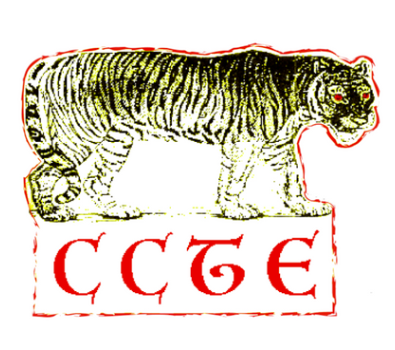Revolutionaries in the Mirror
A.K.A. Comparing your Life to other Revolutionary Lives
Exercises used in:
30 Cabrals
Social Memories
Describe Marx Again
Mode: Imagination
This technique is meant to address the overcorrection we often make about ourselves and our idols. On one hand, we tend to hold the legends as quasi-sacred. On the other hand, we often believe ourselves to be not good enough, and we express insecurity about not doing the right thing. We are often unable to imagine ourselves capable of the things our idols were capable of contributing to the movement. This is particularly common for younger comrades who are just learning about the revolutionary canon.
All kinds of problems stem from this type of thinking. People might end up paralyzed by feelings of inadequacy in the face of their idols. They venerate these people instead of finding the qualities and attributes that they can emulate. What is closer to the truth is that we are not much different than our heroes at all. By knocking them down off their pedestals and lifting ourselves up out of the gutters, we meet somewhere in the middle where something closer to the truth can be found. Here we can examine ourselves and our heroes as something closer to equals, and from this basis we can begin to actually evaluate the differences between ourselves and others, realistically and critically, without fetishization.
This technique requires some advanced preparation to bring out more mundane stories and aspects of revolutionaries, but should not neglect the other side which involves looking at ourselves as part of revolutionary history. This can be seen in exercises such as 30 Cabrals, Social Memories, or even Describe Marx Again.
What’s the time?
in Al-Quds -
in Panama and Chicago -
in Burkina Faso -
in Scotland -
in Al-Quds -
in Panama and Chicago -
in Burkina Faso -
in Scotland -
